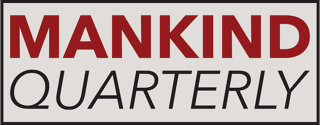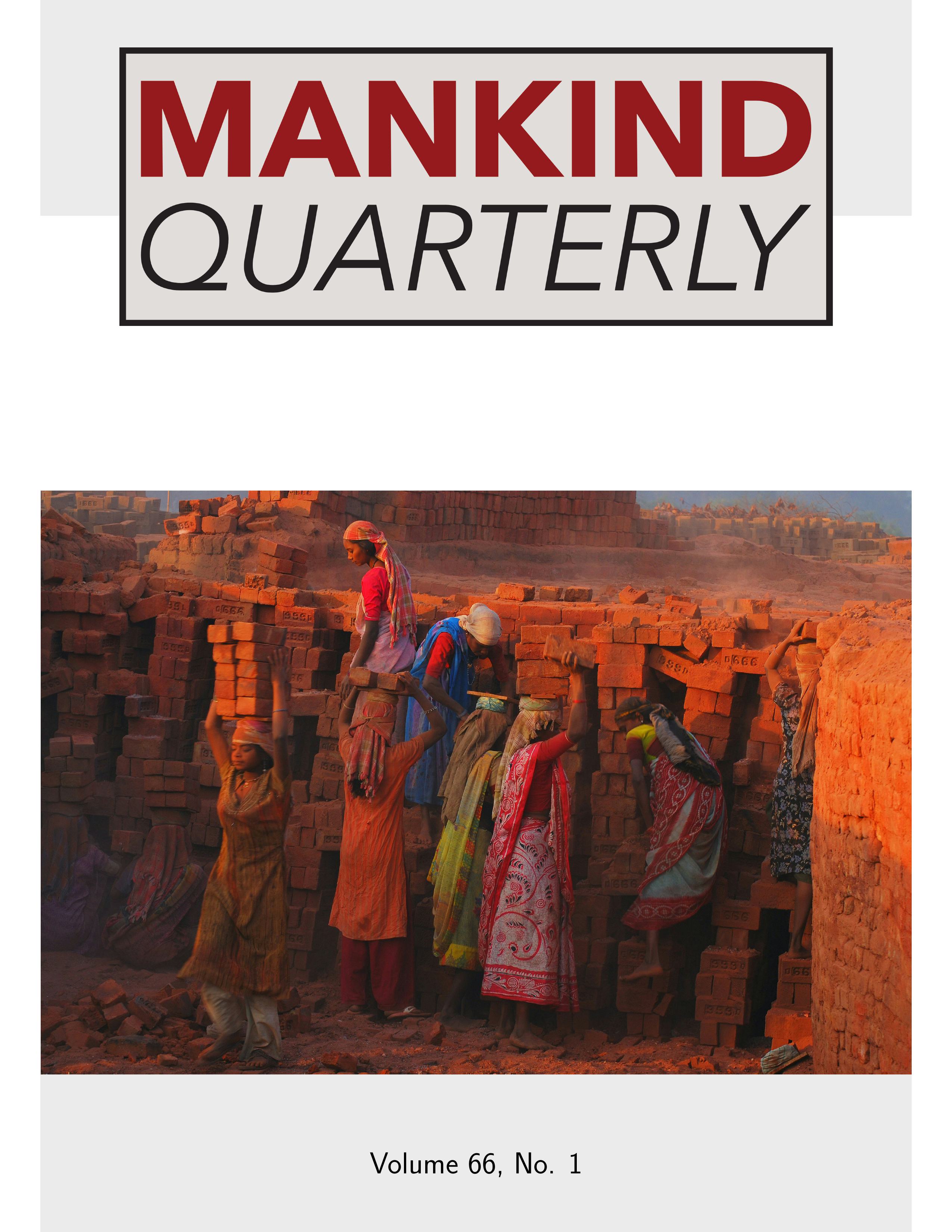Home > Archive > Volume 60, No. 3 > This paper
The Limits to Openness and Tolerance: Theorizing Migration in the Case of Clermont Township, Durban, South Africa
K. Mchunu and O. Mtapuri
Published: 2020/03/01
Abstract
This article discusses the limits to tolerance for diversity and difference in relation to attempts by international migrants to claim a share of the local township economy. Much has been written about the challenge that difference poses to the planning system in terms of ethnicity, religion, class, sexuality and gender among others. Rarely has the focus been on the limits to tolerance on the part of receiving communities. This article makes a contribution to debates about tolerance and diversity in the context of the plight of immigrants who until recently operated shops in the African townships of South Africa. It documents the uneasy relationship between local shop owners who lease their property to foreigners, the community who patronise the shops, and community groups who are enraged by this perceived ‘take-over’. The article draws on media reports, interviews with some shop owners and community groups to explore the fluid and complex nature of their encounter with foreigners. The study found that the interactions and relationships between locals and foreigners are complex and can both be harmonious and discordant, thus calling for reflection on both sides that recognizes commonalities for mutually beneficial co-existence in diversity. It proposes a conceptual framework of migration tolerance, which contributes to our understanding of the relationships between locals and international migrants. The framework can assist in explaining the complex interconnections between the locals and international migrants which manifest in three effects: residence, nostalgic and integrative, and three forms of tolerance: cohesive, restrained and intolerant tolerance. The paper concludes with references to Lefebvre’s (1968) notion of the ‘right to the city’ as inclusive means for transcending these perceived limits towards tolerance and co-existence. Ultimately, a much more nuanced understanding of the complex relationship between foreigners and the community is required, one that contributes to more tolerance and understanding.
Download PDF
